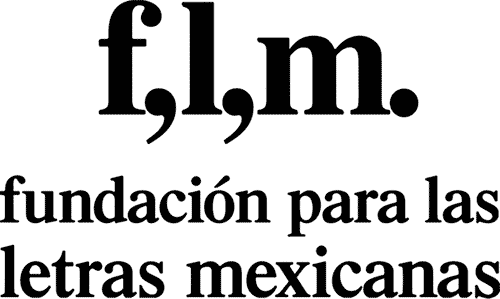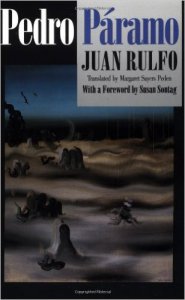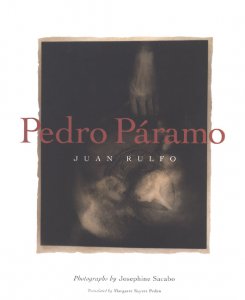A masterpiece of the surreal, this stunning novel from Mexico depicts a man's strange quest for his heritage. Beseeched by his dying mother to locate his father, Pedro Páramo, whom they fled from years ago, Juan Preciado sets out for Comala. Comala is a town alive from whispers and shadows - a place seemingly populated only by memory and hallucinations. Built on the tyranny of the Páramo family, its barrend and broken-down streets echo the voices of tormented spirits sharing the secrets of the past.
First published to both critical and popular acclaim in 1955, Pedro Páramo represented a distinct break with earlier, largely "realist" novels form Latin America. Rulfo's entrancing mixture of vivid sensory images, violent passions, and inexplicable sorcey - a style that has come to be known as "magical realism" - has exerted a profound influence on subsequent Latin American writers, from José Donoso and Carlos Fuentes to Mario Vargas Llosa and Gabriel García Márquez.
Deserted villages of rural Mexico, where images and memories of the past linger like unquiet ghosts, haunted the imaginations of two artists—writer Juan Rulfo and photographer Josephine Sacabo. In one such village of the mind, Comala, Rulfo set his classic novel Pedro Páramo, a dream-like tale that intertwines a man's quest to find his lost father and reclaim his patrimony with the father's obsessive love for a woman who will not be possessed—Susana San Juan. Recognizing that "Rulfo was describing a world I already knew" and feeling "a very personal response, particularly to Susana San Juan and her dilemma," Josephine Sacabo used Rulfo's novel as the starting point for a series of evocative photographs she calls "The Unreachable World of Susana San Juan: Homage to Juan Rulfo."
This volume brings together Rulfo's novel and Sacabo's photographs to offer a dual artistic vision of the same unforgettable story. Margaret Sayers Peden's superb translation renders the novel as poetic and mysterious in English as it is in Spanish. Josephine Sacabo's photographs tell, in her words, "the story of a woman forced to take refuge in madness as a means of protecting her inner world from the ravages of the forces around her: a cruel and tyrannical patriarchy, a church that offers no redemption, the senseless violence of revolution, death itself."






